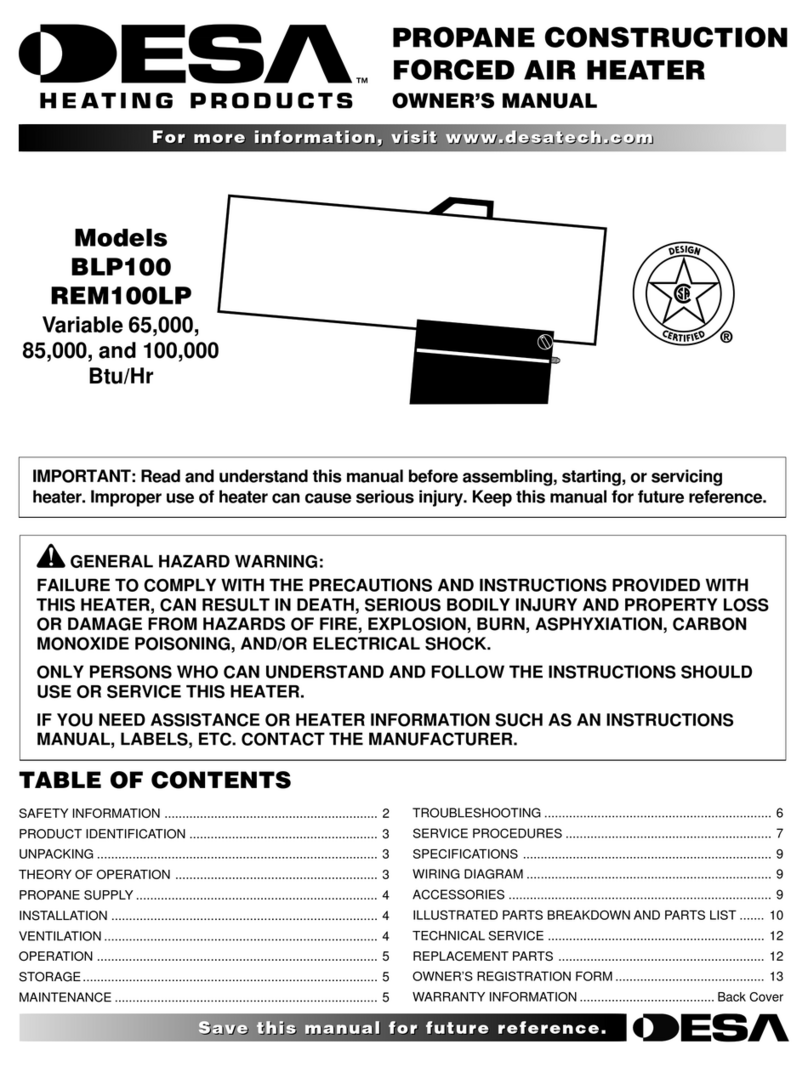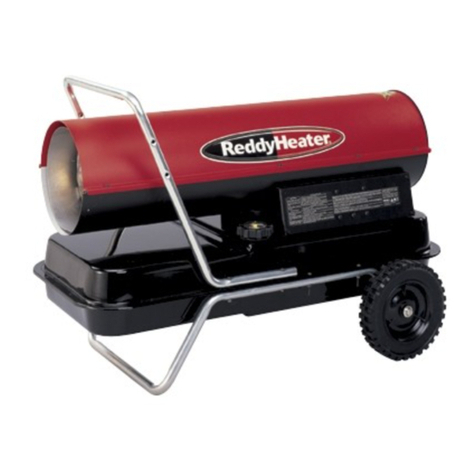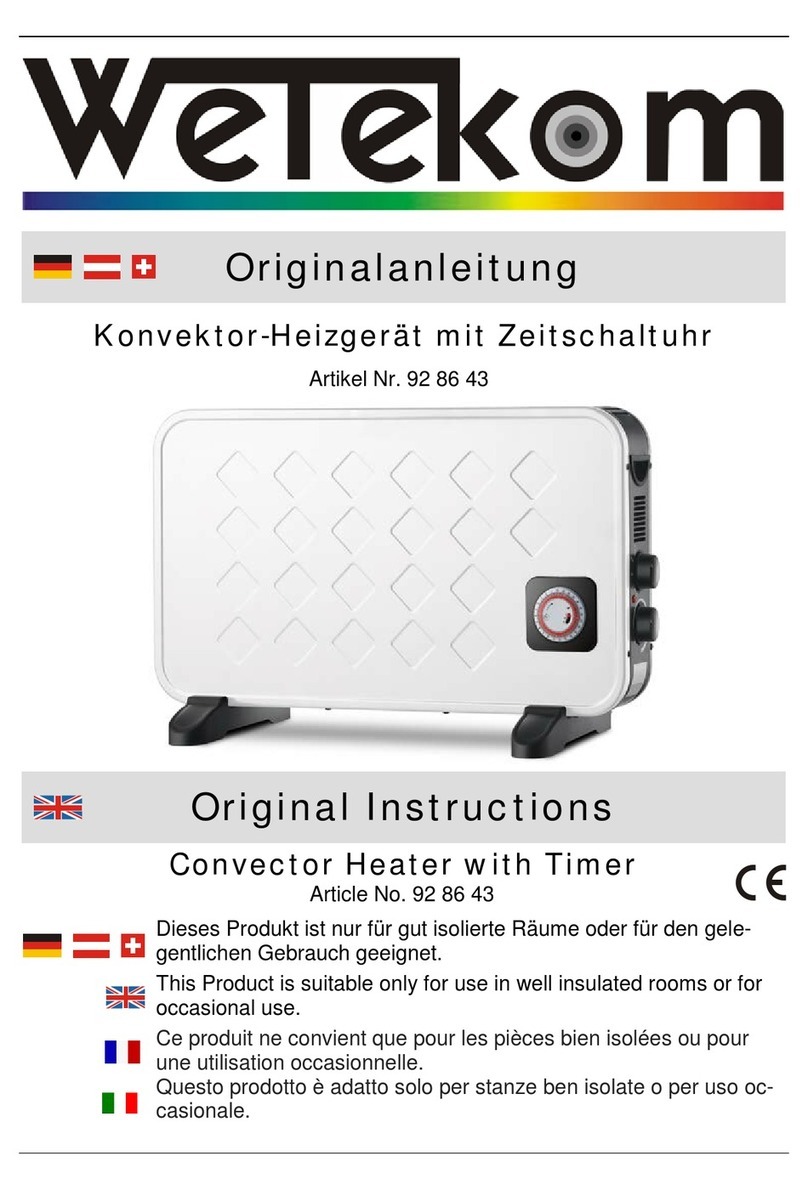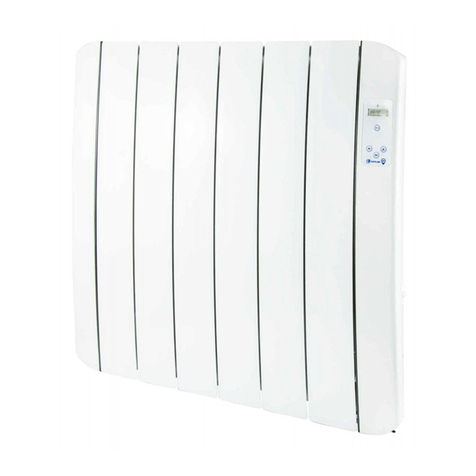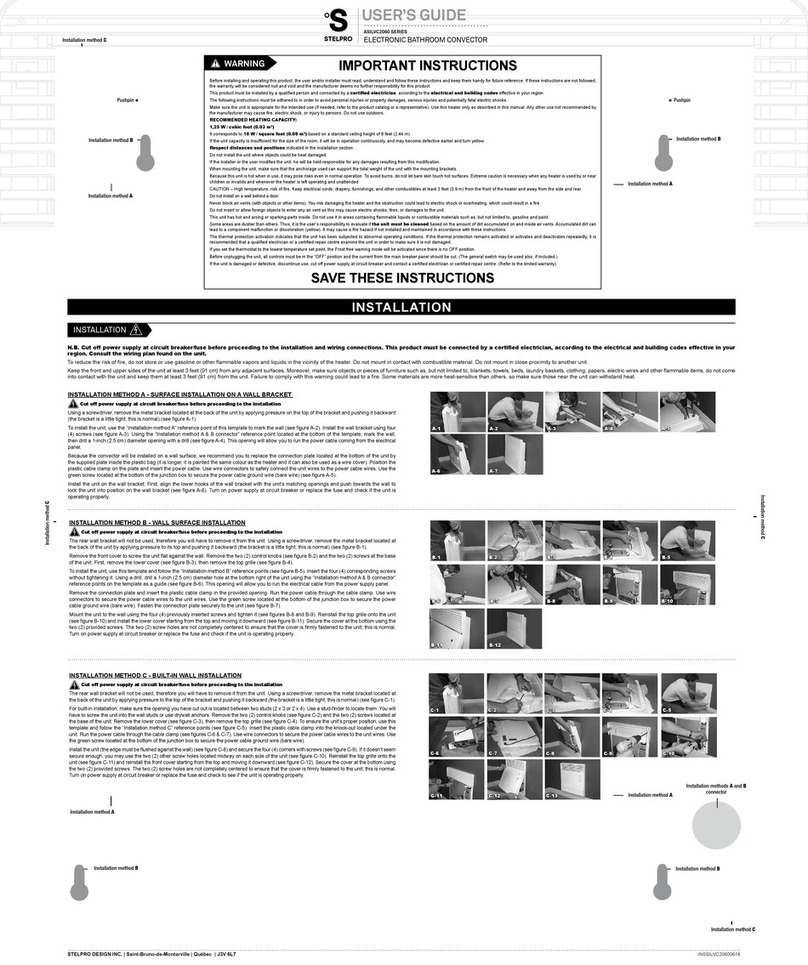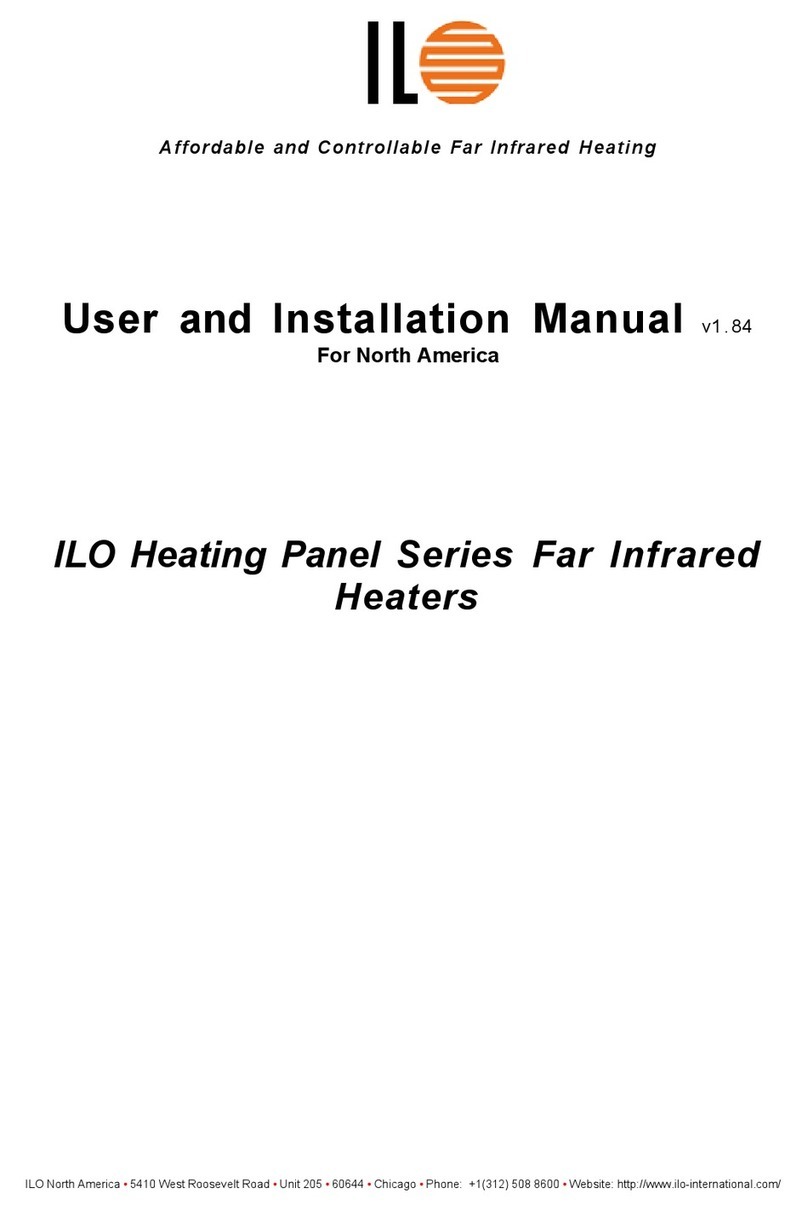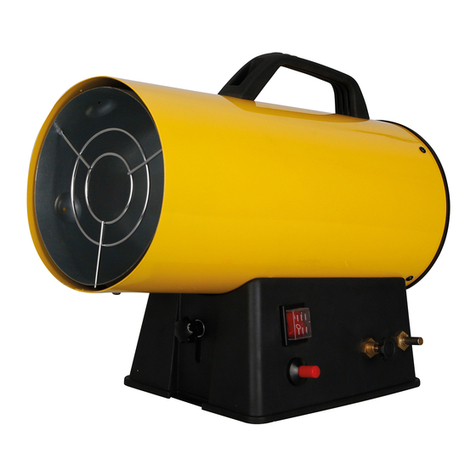Desa B350D User manual
Other Desa Heater manuals
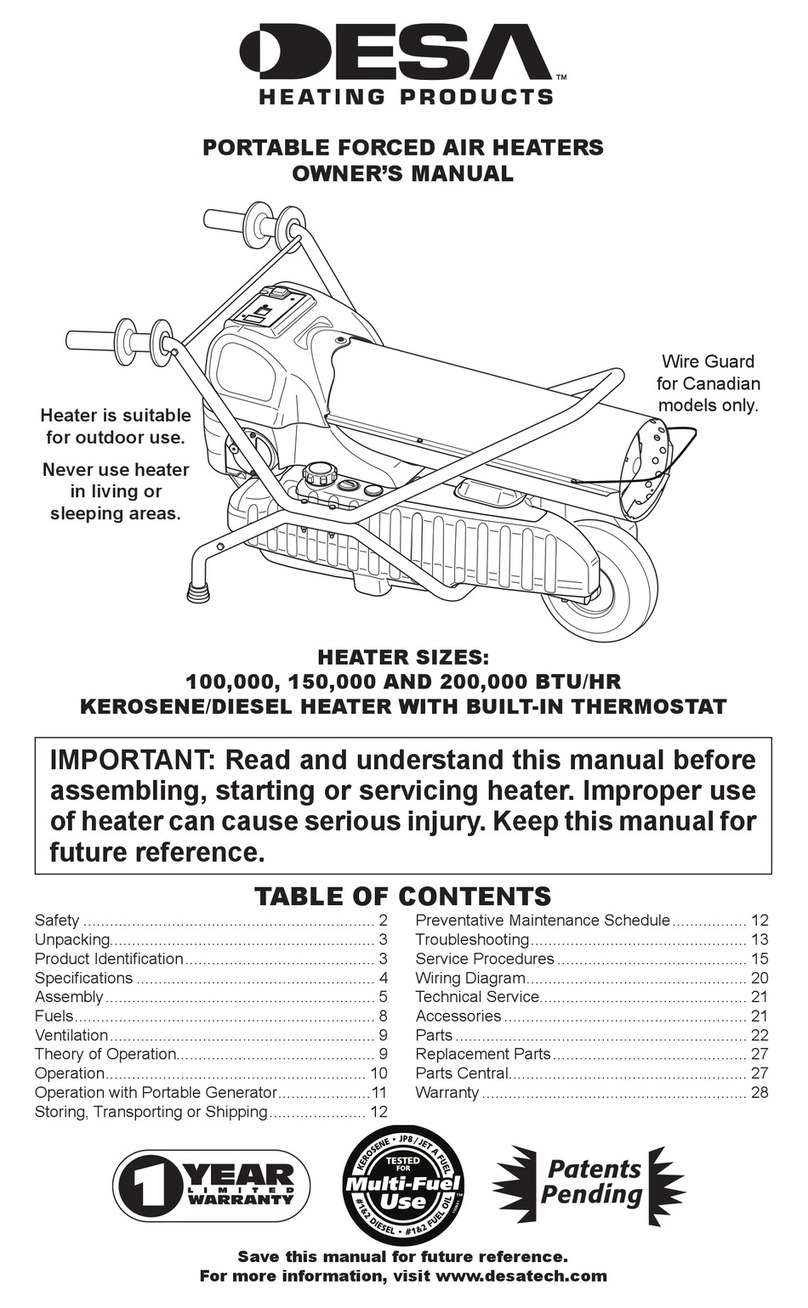
Desa
Desa 100,000 BTU/Hr Models User manual
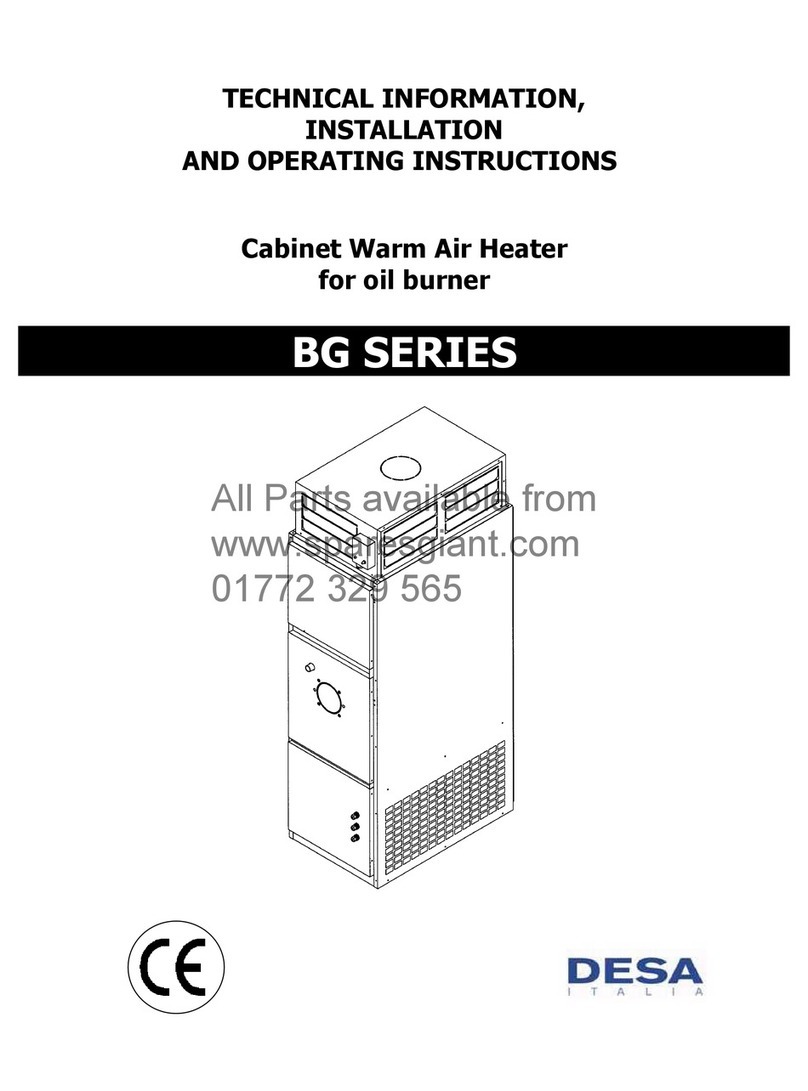
Desa
Desa BG SERIES User manual

Desa
Desa Comfort Glow RFN30TA Specification sheet
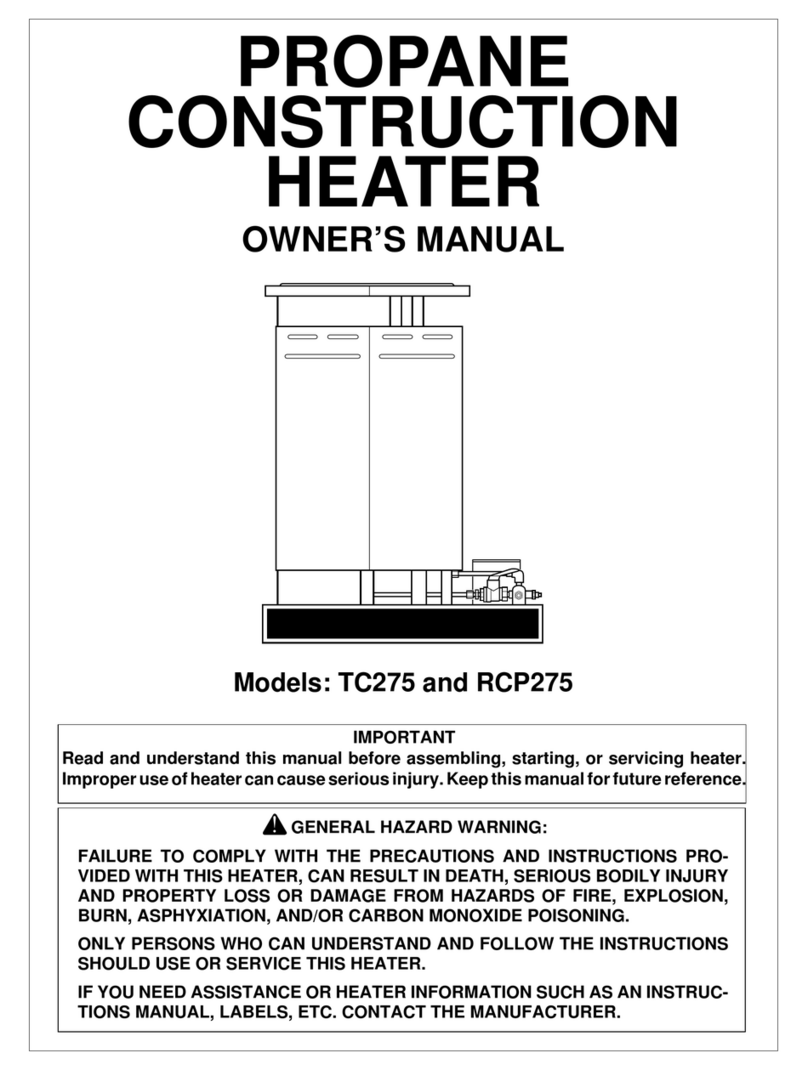
Desa
Desa TC275 User manual
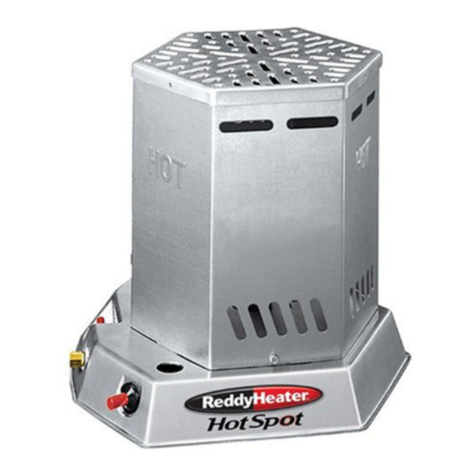
Desa
Desa RCCP25 User manual
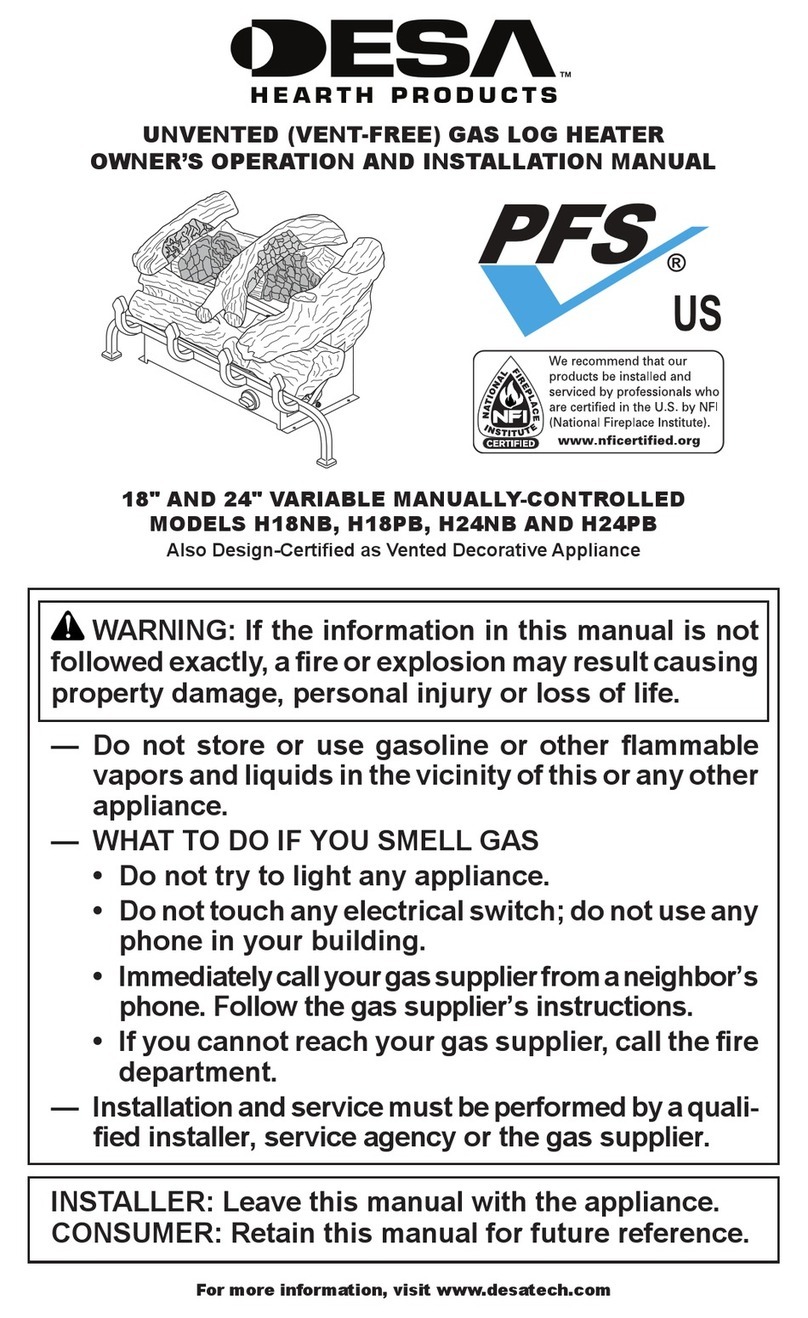
Desa
Desa H18NB Quick start guide

Desa
Desa 150 User manual
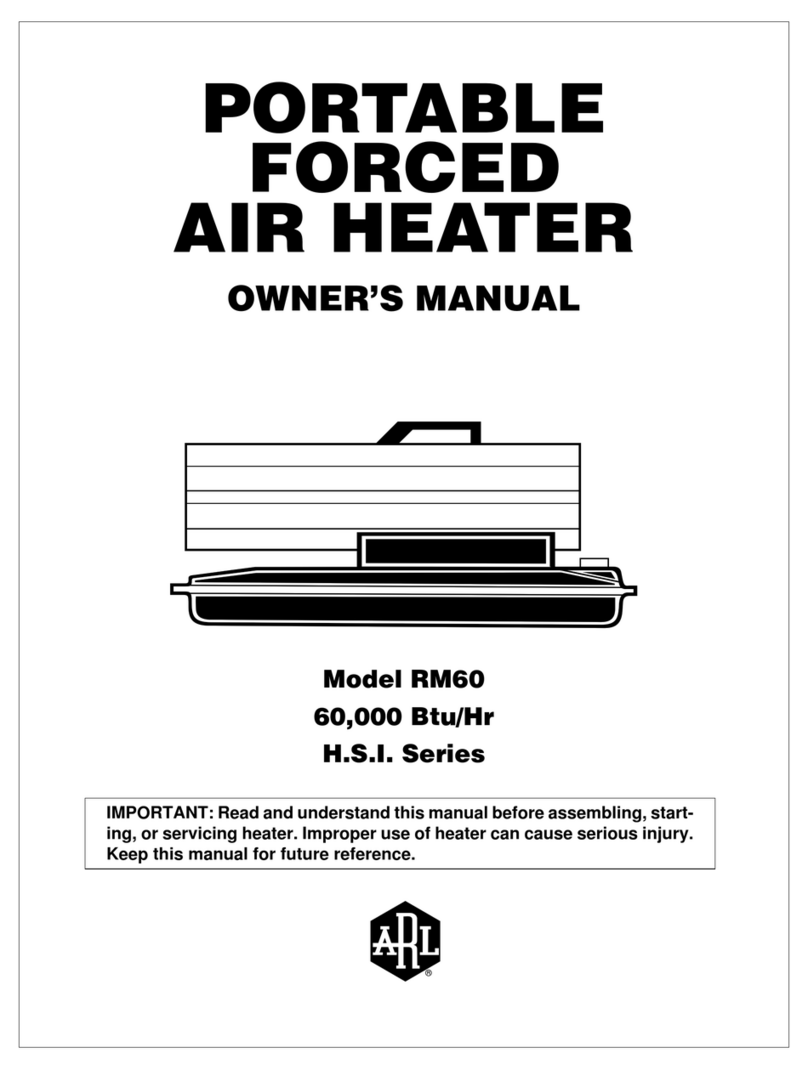
Desa
Desa RM60 User manual
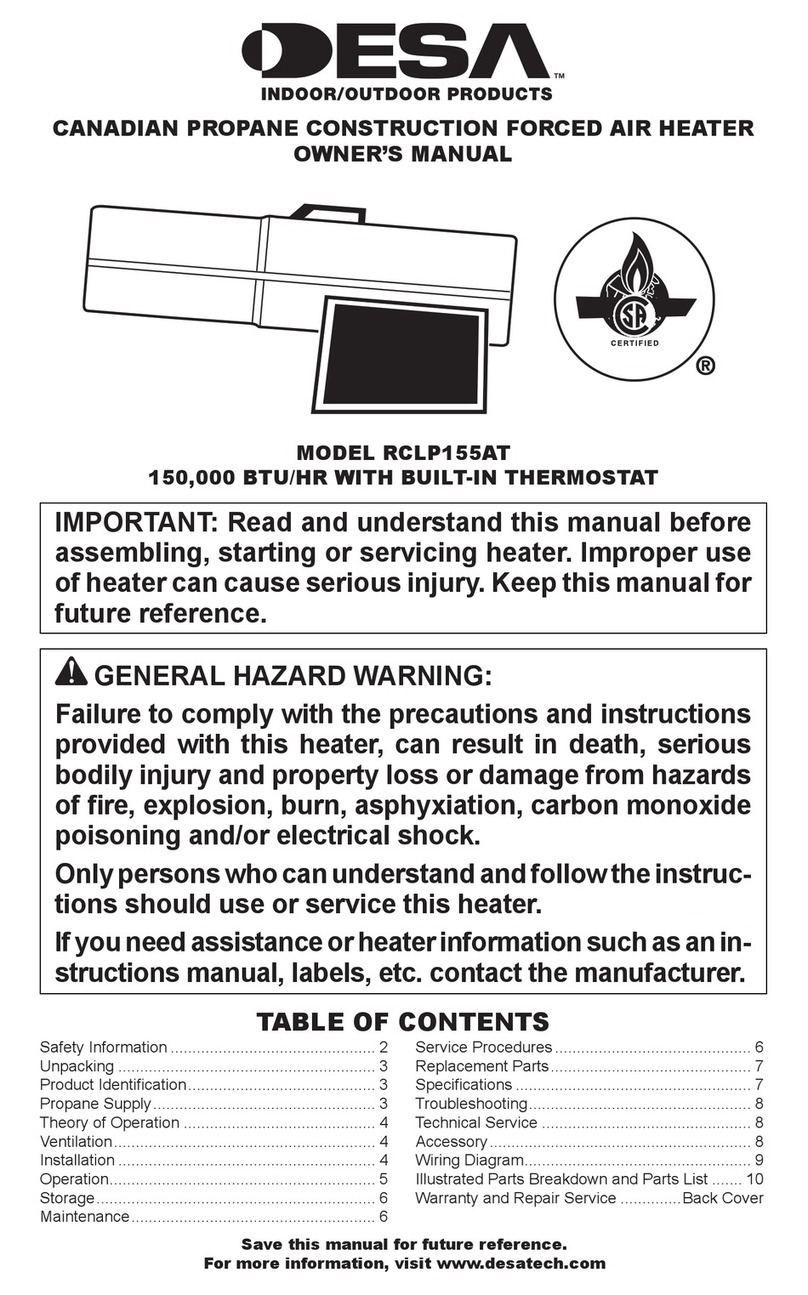
Desa
Desa RCLP155AT User manual
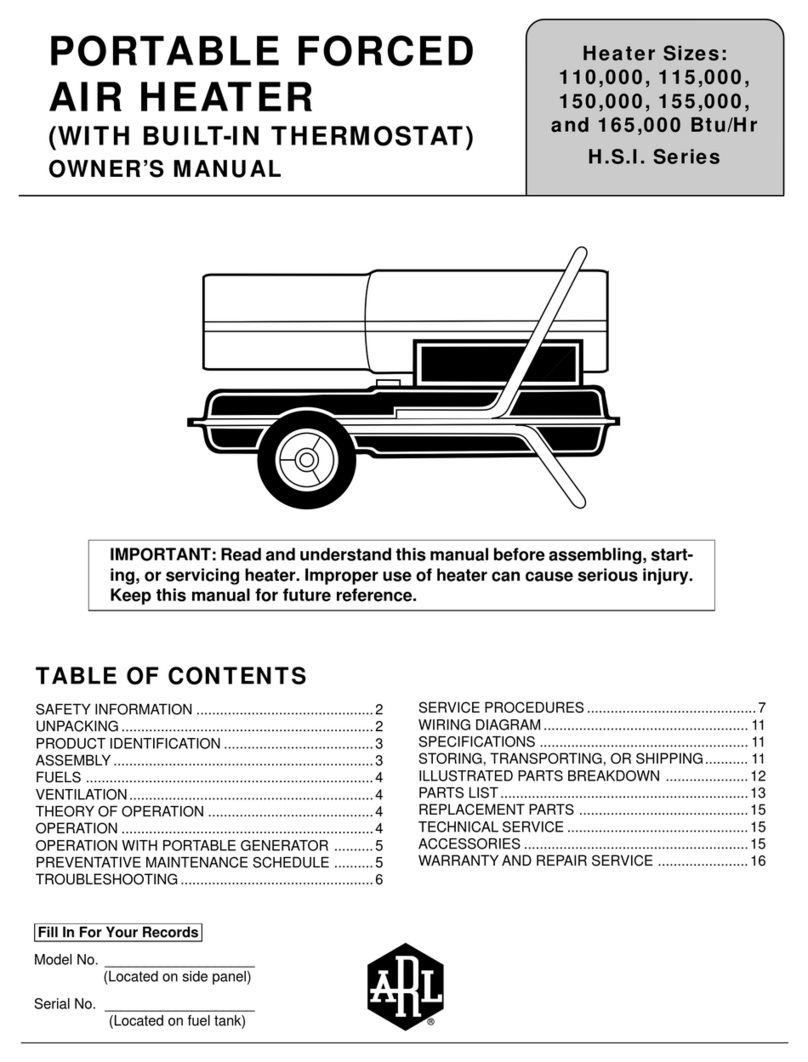
Desa
Desa H.S.I. Series User manual
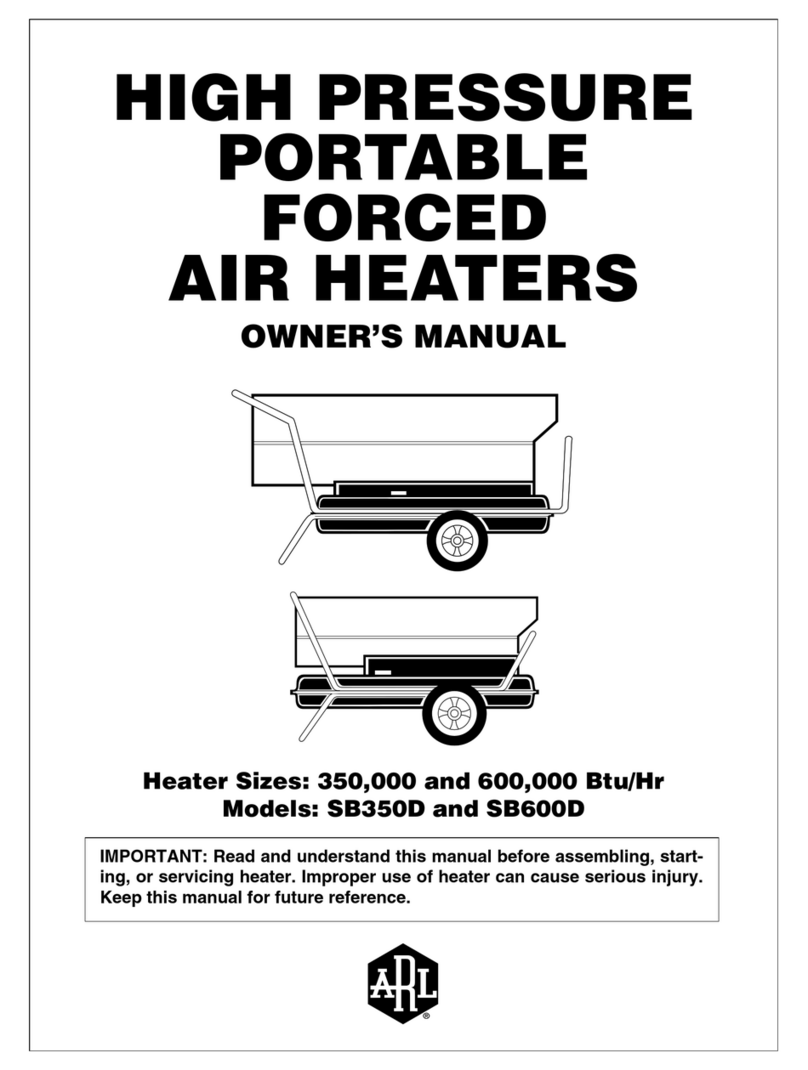
Desa
Desa SB350D User manual

Desa
Desa B200 User manual

Desa
Desa BLP170VTA User manual

Desa
Desa MASTER WA 29 A User manual
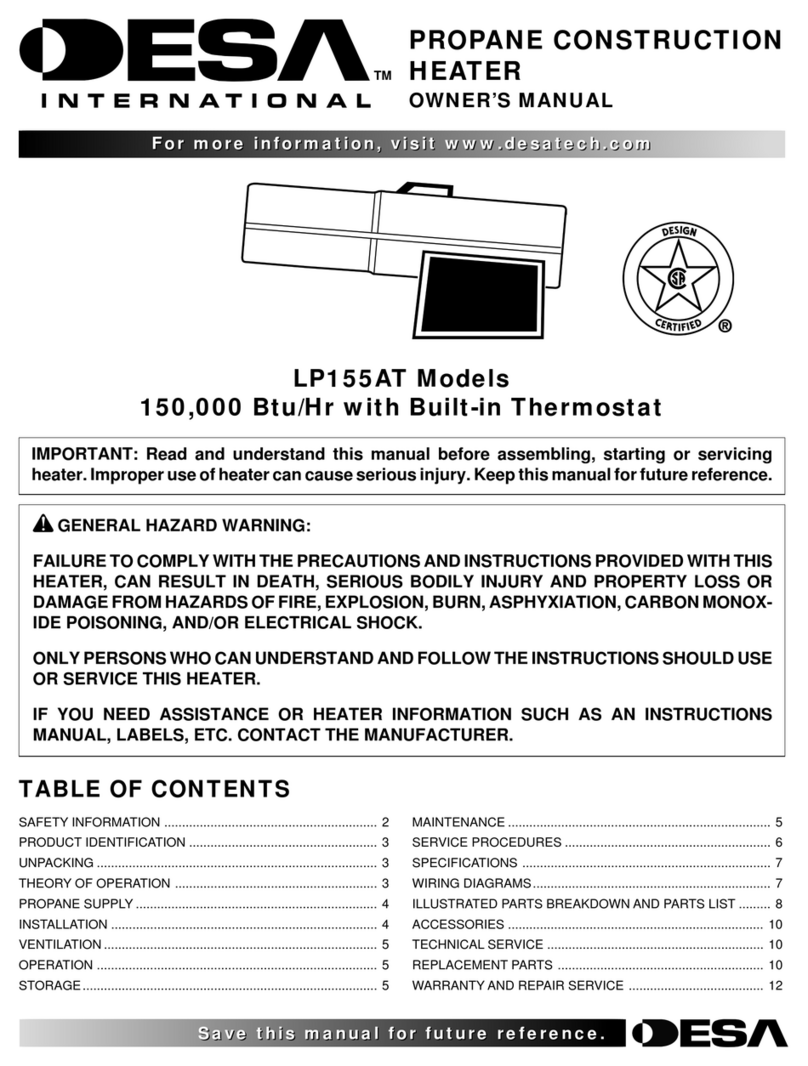
Desa
Desa LP155AT User manual

Desa
Desa D20H User manual
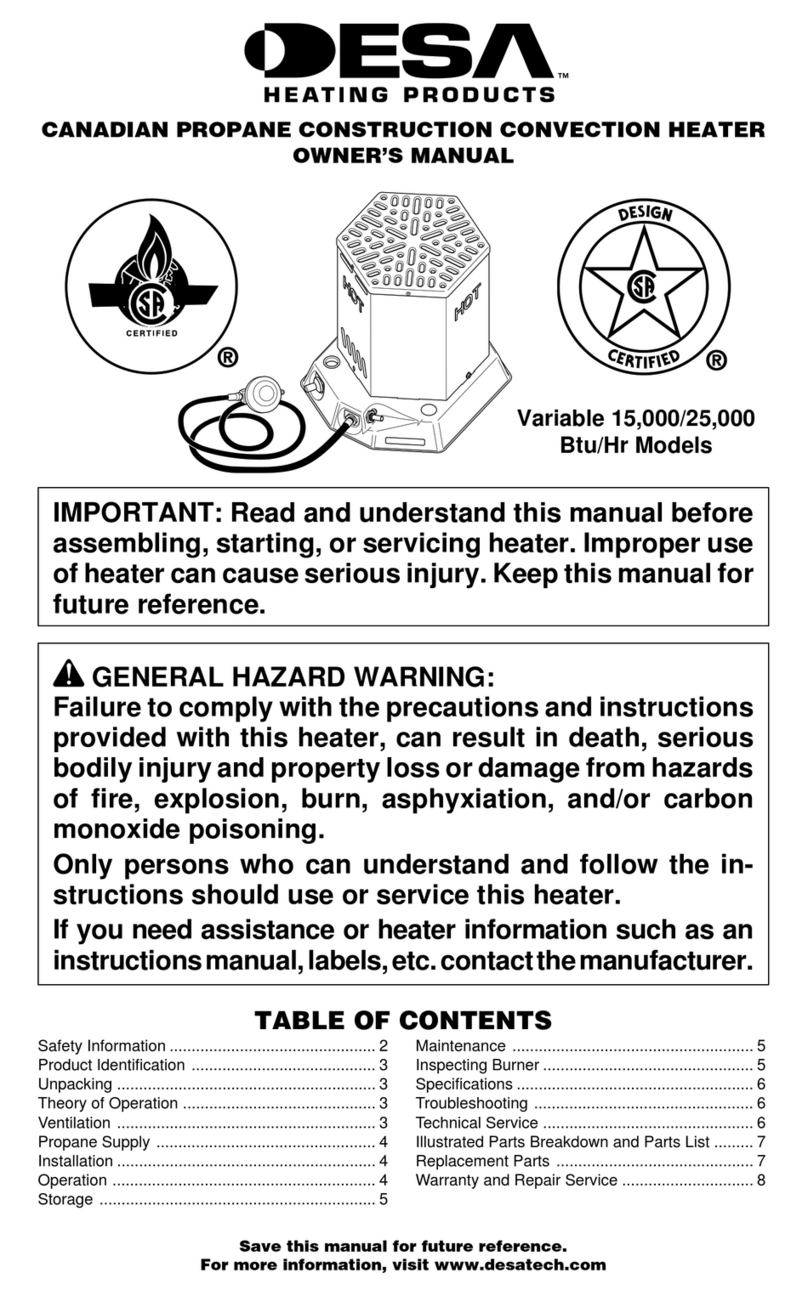
Desa
Desa CANADIAN PROPANE CONSTRUCTION CONVECTION... User manual

Desa
Desa SH10E User manual

Desa
Desa BC115DT User manual
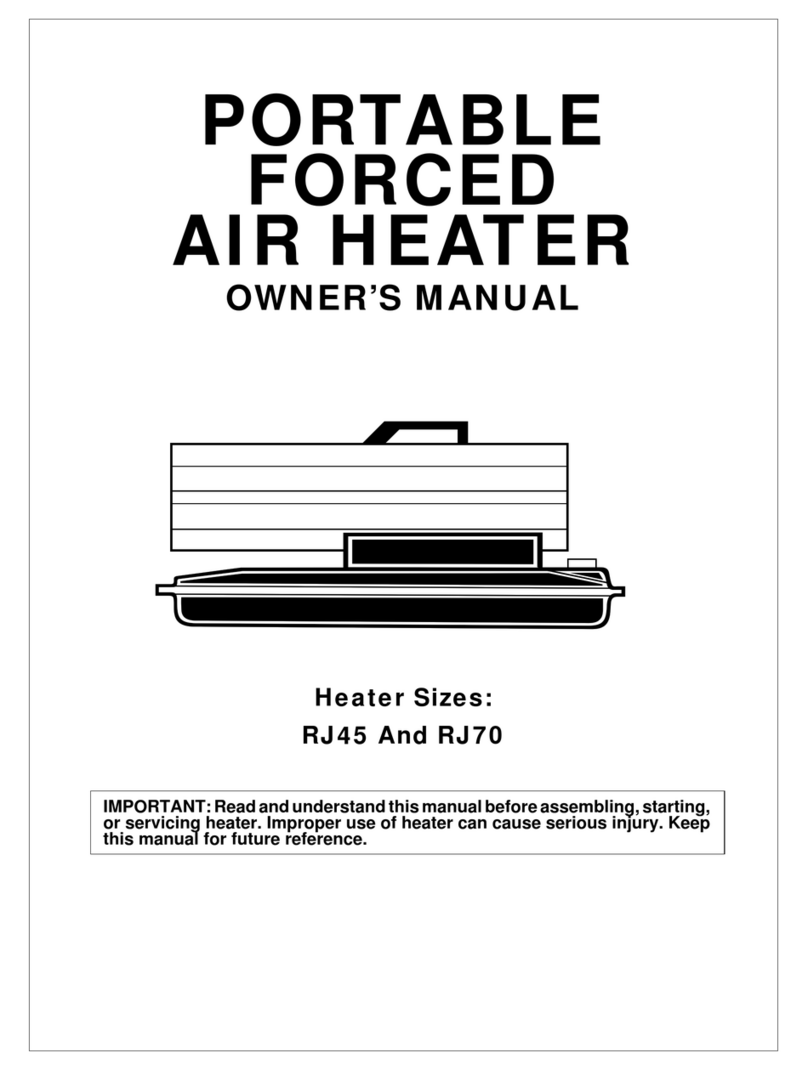
Desa
Desa RJ45 User manual
Popular Heater manuals by other brands

oventrop
oventrop Regucor Series quick start guide

Blaze King
Blaze King CLARITY CL2118.IPI.1 Operation & installation manual

ELMEKO
ELMEKO ML 150 Installation and operating manual

BN Thermic
BN Thermic 830T instructions

KING
KING K Series Installation, operation & maintenance instructions

Empire Comfort Systems
Empire Comfort Systems RH-50-5 Installation instructions and owner's manual

Well Straler
Well Straler RC-16B user guide

EUROM
EUROM 333299 instruction manual
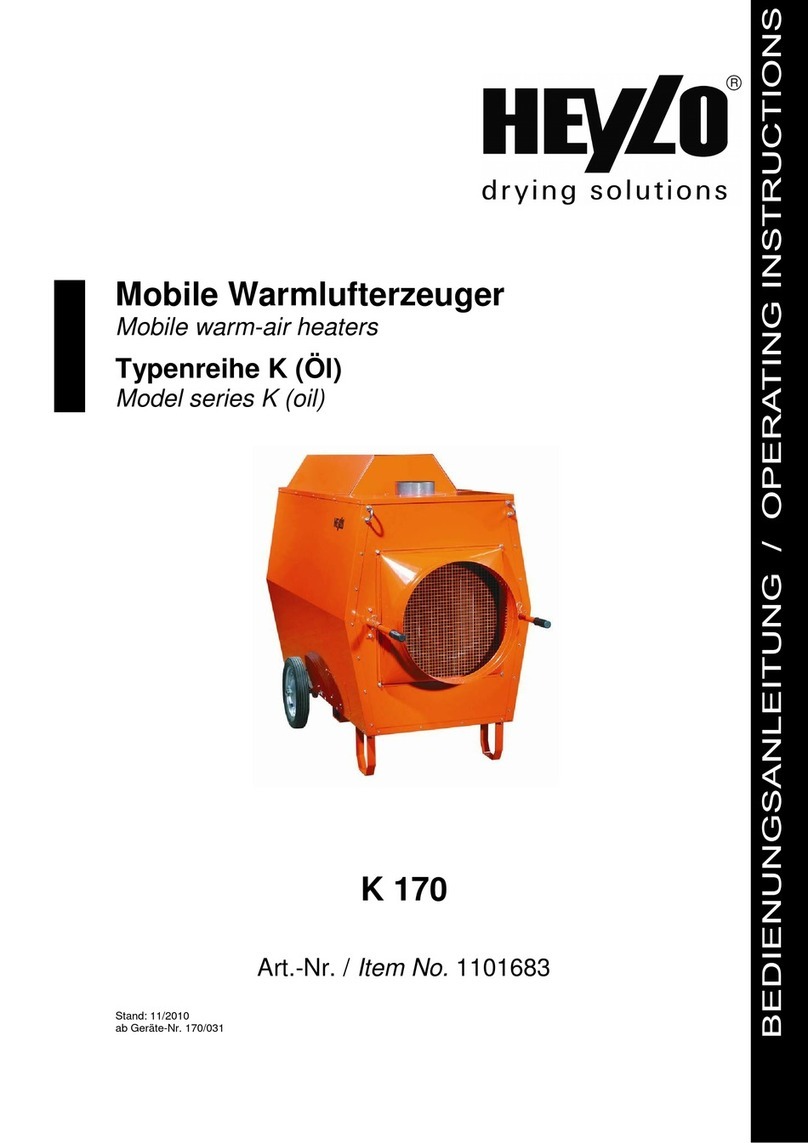
Heylo
Heylo K 170 operating instructions
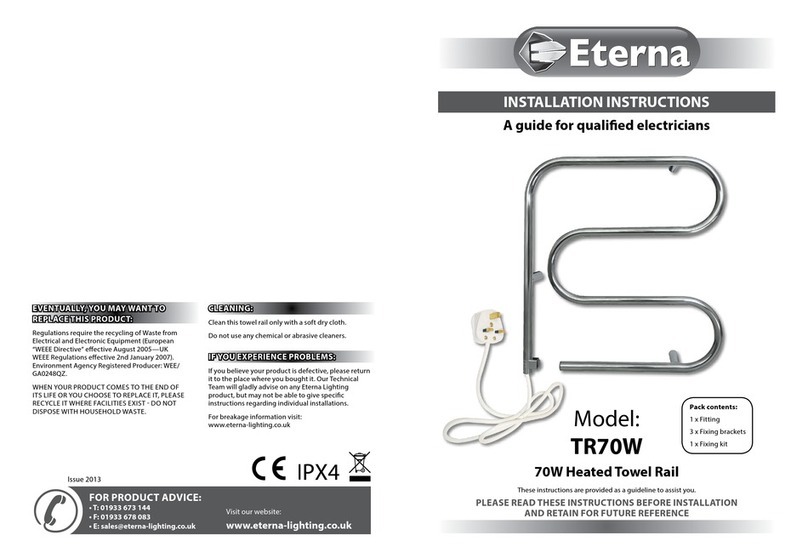
Eterna
Eterna TR70W installation instructions
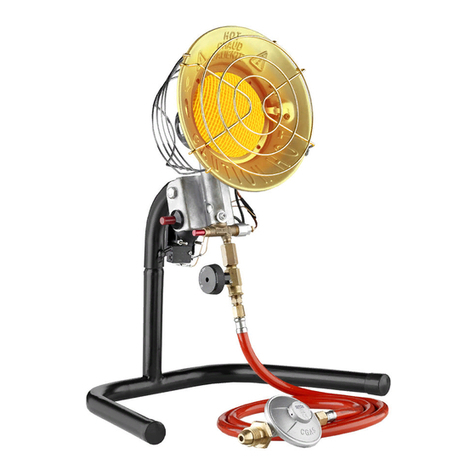
Clarke
Clarke GRH15 Operation & maintenance instructions

Empire Heating Systems
Empire Heating Systems WCC65 Installation and owner's instructions

